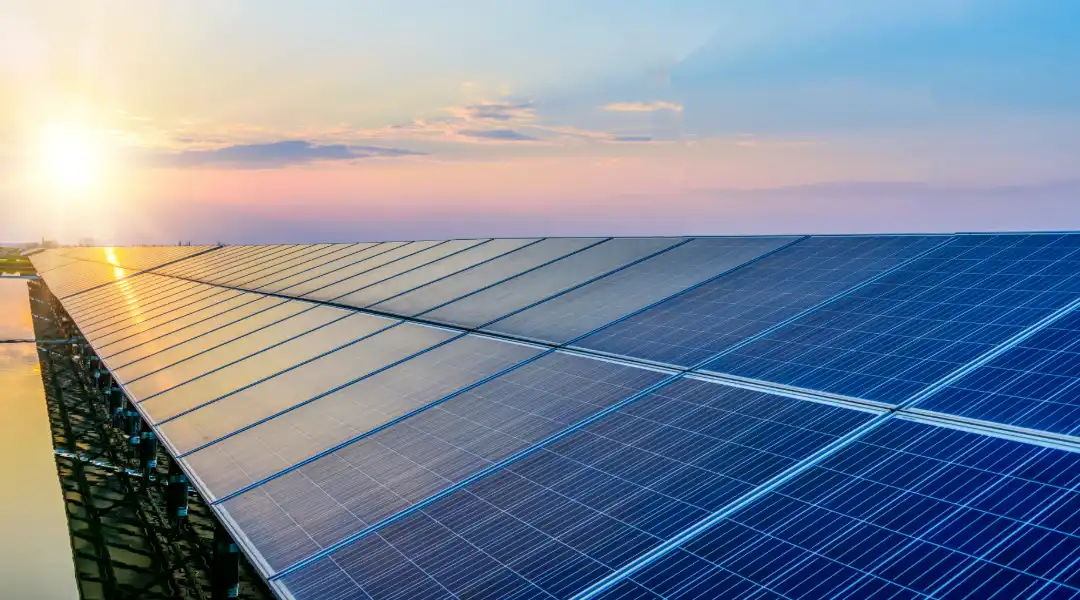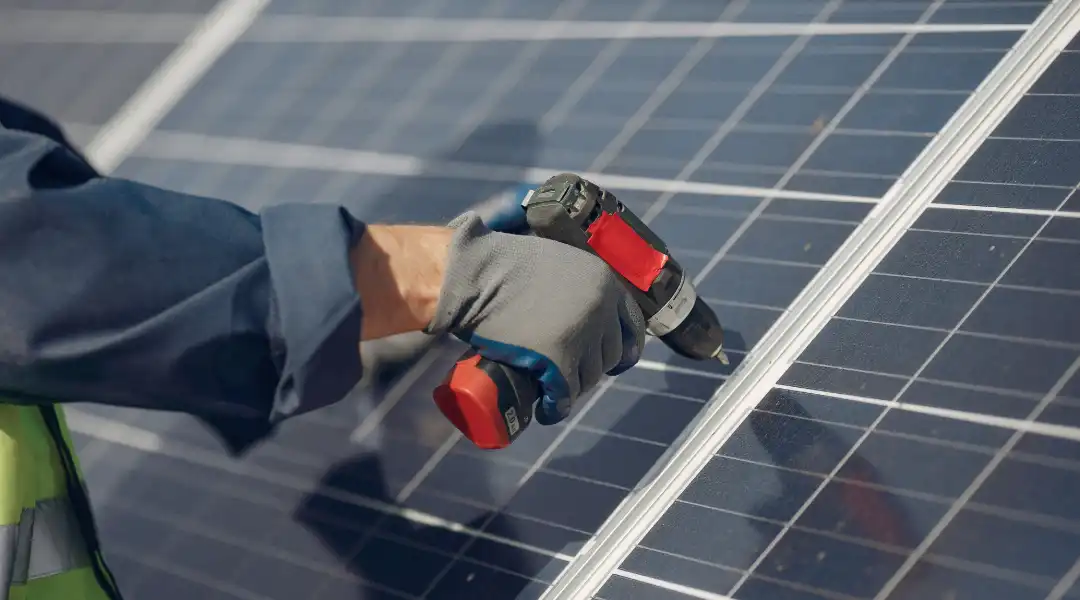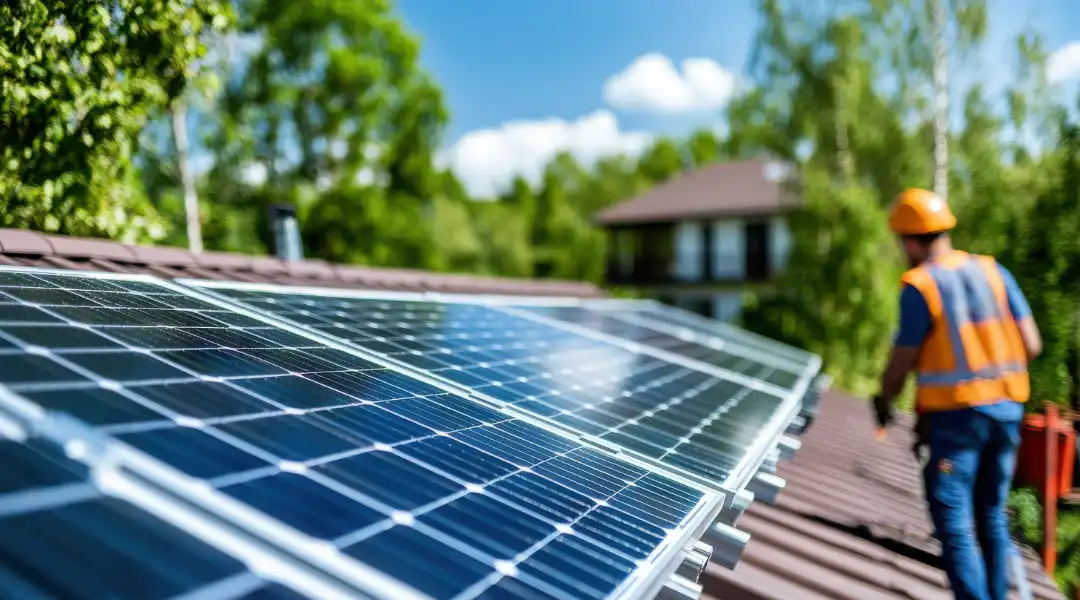What is the history of solar energy and when were solar panels invented?
There’s a long history behind photovoltaics (PV) that brought the concept of solar energy to success, though solar energy has found a dynamic and established role in today’s clean energy economy. With the way the cost of solar has decreased in the past decade, it’s easy to forget that going solar had a completely different face and figure just 15 years ago. Let’s go back to the origins of solar PV a few centuries ago and explore the history of solar energy and silicon solar technology.
When was solar energy first used?
In theory, solar energy was used by humans as early as the 7th century B.C. when history tells us that humans used sunlight to light fires with magnifying glass materials. Later, in the 3rd century B.C., the Greeks and Romans were known to harness solar power with mirrors to light torches for religious ceremonies. These mirrors became a normalized tool referred to as “burning mirrors.” Chinese civilization documented the use of mirrors for the same purpose later in 20 A.D.
Another early use for solar energy that is still popular today was the concept of “sunrooms”, which used massive windows to direct sunlight into one concentrated area. Later in the 1200s A.D., ancestors to the Pueblo Native Americans known as the Anasazi situated themselves in south-facing abodes on cliffs to capture the sun’s warmth during the cold winter months.
In the late 1700s and 1800s, researchers and scientists had success using sunlight to power ovens for long journeys. They also gathered the power of the sun to produce solar-powered steamboats. Ultimately, it’s clear that even thousands of years before the era of solar panels, the concept of manipulating the power of the sun was common knowledge.
When were solar panels invented?
The development of solar panel technology was an iterative one that took a number of contributions from various scientists. Some people credit the invention of the solar cell to French scientist Edmond Becquerel, who determined light could increase electricity generation when two metal electrodes were placed into a conducting solution. This breakthrough, known as the “photovoltaic effect” was influential in later PV developments with the element selenium.
In 1873, Willoughby Smith discovered that selenium had photoconductive potential, leading to William Grylls Adams’ and Richard Evans Day’s 1876 discovery that selenium creates electricity when exposed to sunlight. A few years later in 1883, Charles Fritts actually produced the first solar cells made from selenium wafers – the reason some historians credit Fritts with the actual invention of solar cells.
However, solar cells as we know them today are made with silicon, not selenium. Therefore, some consider the true invention of solar panels to be tied to Daryl Chapin, Calvin Fuller, and Gerald Pearson’s creation of the silicon photovoltaic (PV) cell at Bell Labs in 1954. Many argue that this event marks the true invention of PV technology because it was the first instance of a solar technology that could actually power an electric device for several hours of a day. The first-ever silicon solar cell could convert sunlight at four percent efficiency, less than a quarter of what modern cells are capable of.

Other major events in the history of solar energy
- Solar panels in outer space – Some of the earliest uses of solar technology were actually in outer space where solar was used to power satellites. In 1958, the Vanguard I satellite used a tiny one-watt panel to power its radios. Later, Vanguard II, Explorer III, and Sputnik-3 were all launched with PV technology on board. In 1964, NASA was responsible for launching the first Nimbus spacecraft, a satellite able to run entirely on a 470-watt solar array. In 1966, NASA launched the world’s first Orbiting Astronomical Observatory, powered by a one-kilowatt array.
- First solar residence – In 1973, the University of Delaware was responsible for constructing the first solar building, named “Solar One.” The system ran on a hybrid supply of solar thermal and solar PV power. It was also the first instance of building-integrated photovoltaics (BIPV) – the array didn’t use solar panels but instead had solar integrated into the rooftop, similar to the design for Tesla’s new roof product.
- Achievements in solar conversion efficiency – Between 1957 and 1960, Hoffman Electronics made a number of breakthroughs with photovoltaic efficiency, improving the efficiency record from 8% to 14%. The next major achievement was in 1985 when the University of South Wales achieved 20% efficiency for silicon cells. In 1999, the National Renewable Energy Laboratory collaborated with SpectroLab Inc. to create a solar cell with 33.3% efficiency. The University of South Wales broke that record again in 2016 when researchers reached 34.5% efficiency.
- Solar-powered airplanes – In 1981, Paul MacCready built Solar Challenger, the first aircraft to run on solar power, and flew it across the English Channel from France to the U.K. In 1998, the remote-controlled solar airplane “Pathfinder” set an altitude record after reaching 80,000 feet. NASA broke that record in 2001 when they reached 96,000 feet with their non-rocket aircraft. In 2016, Bertrand Piccard completed the first zero-emissions flight around the world with Solar Impulse 2, the world’s largest and most powerful solar-powered airplane today.
- Solar-powered presidencies – In 1979, President Jimmy Carter had solar panels installed on the White House during his term as president. However, in 1981, President Ronald Reagan ordered the White House solar panels to be removed. In 2010, President Barack Obama requested that solar panels and a solar water heater be installed on the White House. Both were installed during Obama’s first term.
- Cost of solar over time – Prices for solar panels have dropped substantially over the past few decades, leading to a surge in consumer demand that has produced more than one million U.S. installations as of early 2016. In 1956, solar panels cost roughly $300 per watt. By 1975, that figure had dropped to just over $100 a watt. Today, a solar panel can cost as little as $0.50 a watt. Consider this: since the year 1980, solar panel prices have dropped by at least 10 percent every single year. The plummeting cost of solar is largely responsible for the growing popularity of solar and the legitimacy of PV as a reliable energy source in today’s world.
Present-day solar power
Regardless of why solar power is interesting to you, there is a robust and fascinating history behind solar’s rise to relevant status. Solar has a long list of meanings in today’s day and age. It spans various industries and contributes power to hundreds of different gadgets and technologies. Learn just how much solar can save you – try our Solar Calculator to get instant estimates for a solar installation and the energy savings you could generate. Contact our team Solex.






